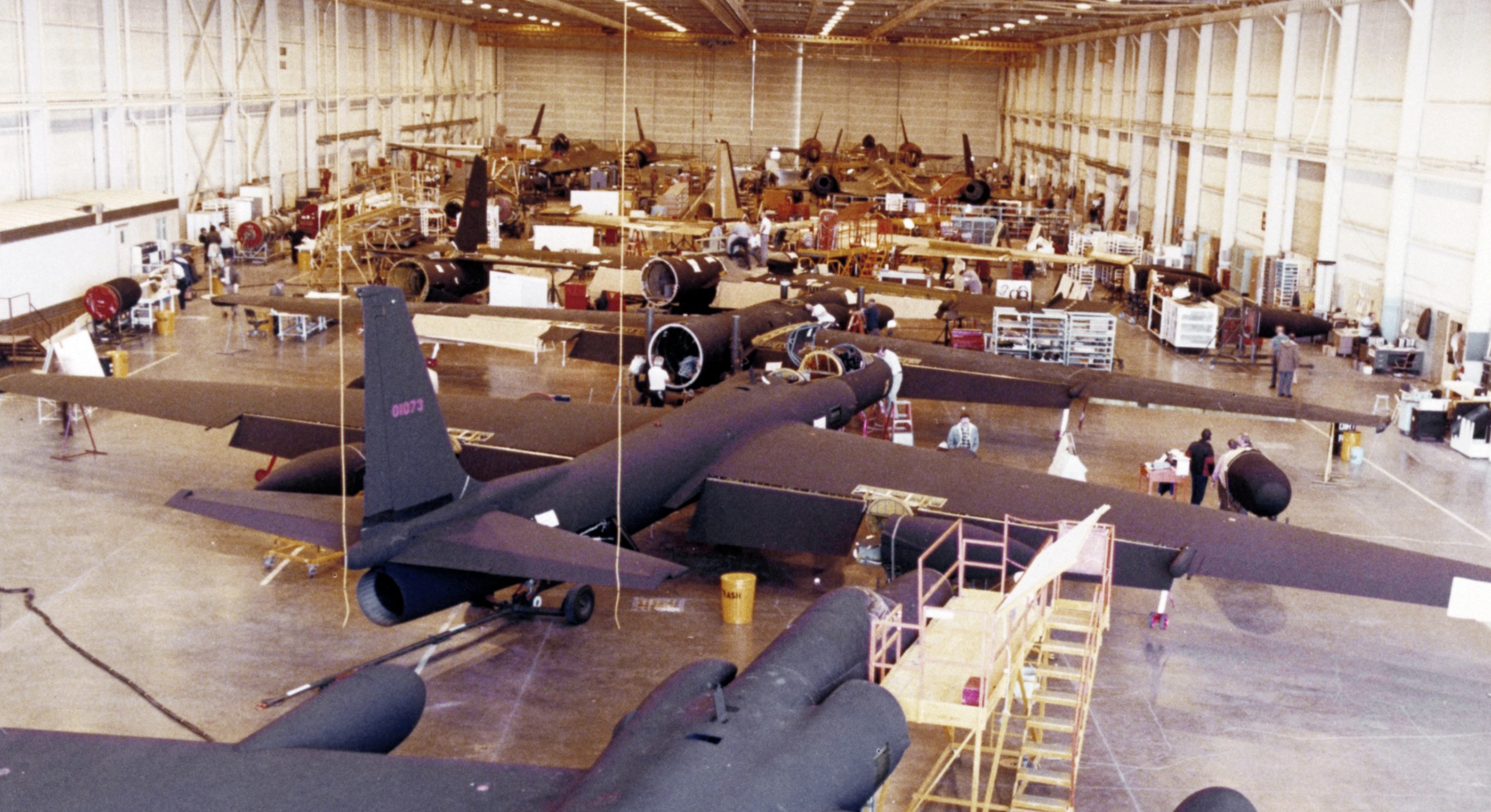Why Was a 50-Year-Old American Spy Plane Just Flying in British Airspace?

Credit to Author: Tim McMillan| Date: Mon, 07 Oct 2019 12:12:16 +0000
A rural section in Southwest England recently got the chance to catch a rare glimpse at one of the most storied planes in aviation history. Local Gloucestershire Live News reports that at 7:00 AM October 1st, residents of Gloucestershire County woke up to a legendary Lockheed U-2 spy plane taking off from Royal Air Force Base Fairford. US Air Force officials said last week's flight was part of scheduled “crash and disaster” training going on in the region.
According to local aviation enthusiasts, the plane nicknamed “Dragon Lady” initially showed up at RAF Fairford in late September. First flown in 1955, these flights in the UK demonstrate why the world’s first ultra-high-altitude reconnaissance plane continues to be hailed as a technological marvel.
First developed by the CIA to spy on the Soviet Union, the U2 spy plane has enjoyed almost mythical status within the aviation and aerospace.
In 1954, iconic aerospace designer Kelly Johnson and his 28 man Lockheed "Skunk Works"-Special Projects Engineering Team, set out to build the world's first stable high-altitude reconnaissance plane, capable of flying for 10 hours at over 70,000 feet. Incredibly, Johnson and the Skunk Works team successfully developed, built, and conducted the first test flight of the U-2 in less than eight months.
Designed with high-aspect wings that give it glider-like characteristics and tail section which is mounted by only three bolts, the CIA would later say the U2's basic design "was so simple it was almost revolutionary." Exclusively designed for high-altitude flight, the U2 is notoriously difficult to fly at low-altitudes and land. Even the latest versions used today require a 140-mph capable "chase car" to follow behind the U2 to help guild a pilot into what's more like a controlled crash than a landing. The plane is capable of flying over 13 miles into the stratosphere and has long proven itself as a high-altitude spy plane.
Exceeding the Soviet Union’s air-defense ceiling, the U-2 brought back photographs of distant, tiny Russian MiGs unsuccessfully trying to intercept and shoot down the high-flying spy plane. For four years, the U2 flew with impunity over communist skies, until finally in 1960, a Russian S-75 air-defense missile successfully shot down one of the spy planes down over Sverdlovsk, Russia.
No longer used by the CIA, the US Air Force still operates 32 upgraded "Type-S" U-2 spy planes, with NASA running a derivative of the U-2 for high-altitude research called the ER-2. Outlasting newer and seemingly more sophisticated aircraft, the U-2 is one of only a small handful of US aircraft to remain in front-line service for over 50 years. While the majority of modern defense aviation has moved towards the more versatile unmanned aerial systems, the U-2 has successfully staved-off numerous Pentagon attempts to send it into retirement. Lockheed Martin says the current version of the U-2 can remain viable until 2050.
As of 2018, the US Air Force had indefinitely postponed any plans to retire the U-2. According to the Air Force, U-2's flew over 200 missions in support of Operations Iraqi Freedom, Enduring Freedom, and Combined Joint Task Force-Horn of Africa.
Residents in Gloucestershire County are increasingly becoming accustomed to seeing, or better yet hearing, some of the USAF's more unique aircraft. A pair of B-2 Spirit stealth bombers from the 509th Bomb Wing, out of Whiteman Air Force Base in Missouri, were in town for joint NATO training near Gloucestershire less than a month ago. The Air Force says the U2 seen flying over RAF Fairford this week came from the 9th Reconnaissance Wing out of Beale Air Force Base in California. What exactly is the spy plane's role in the planned emergency disaster training, or how long the U2 will at RAF Fairford, is unknown. At least for now, some UK area residents are getting an opportunity to catch a glimpse of a plane designed so far ahead of the time, it's yet to go out of style.
This article originally appeared on VICE US.